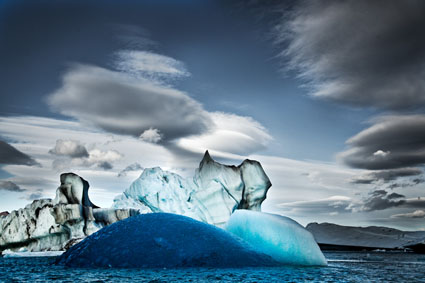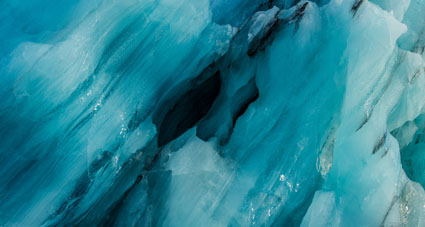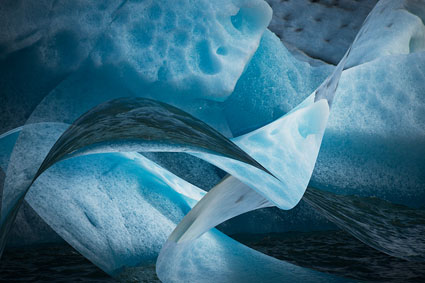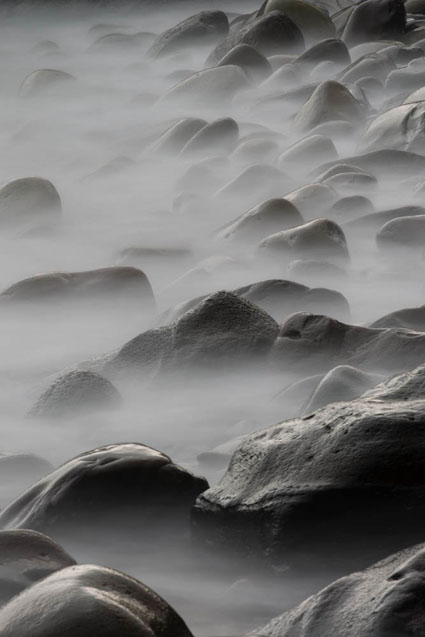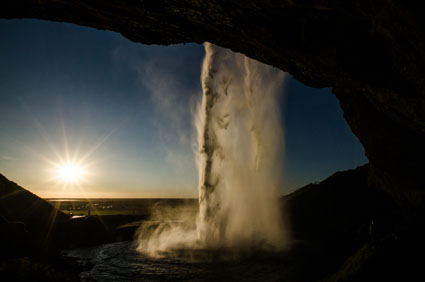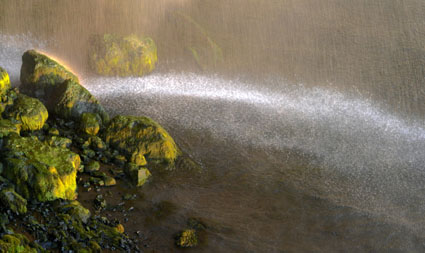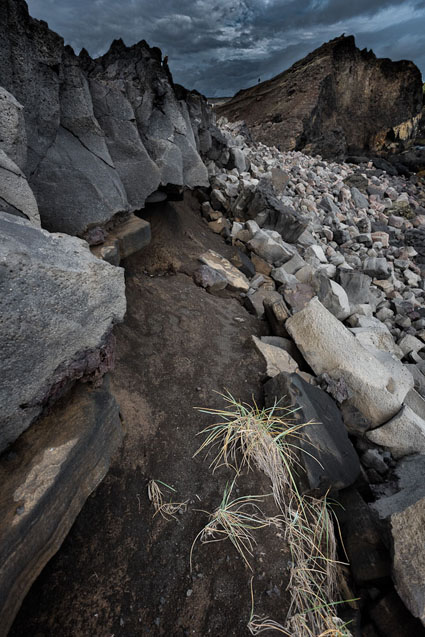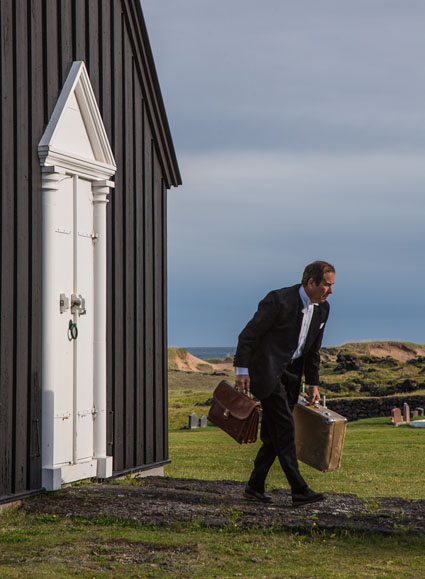The Physical Benefits Of Meditating

There are many clinically proven physical benefits of practicing meditation.
Meditation …
1 Decreases respiratory rates.
2 Slows heart rates while increasing blood flow.
3 Decreases blood pressure.
4 Decreases muscle tension and headaches.
5 Decreases lactate concentrations, which are linked to anxiety.
6 Increases serotonin a counteragent to obesity, insomnia, and depression.
7 Boosts the immune system.
8 Reduces the effects of chronic diseases, allergies, arthritis, asthma etc.
9 Speeds the healing of wounds.
10 Increases the activity of cancer-killing cells.
It’s mind over matter. What’s on your mind matters.
The Benefits Of Mindfulness
You can create many benefits for yourself through a mindfulness practice.
Mindfulness creates physical benefits. Medical patients meditate to reduce stress, boost immune systems, and speed and improve healing. Athletes meditate to increase benefits from practice and performance during competition.
Mindfulness creates mental benefits. Artists meditate to explore new qualities of thought and forms of expression. Inventors meditate to develop new products, stimulating mental versatility and clarity.
Mindfulness creates emotional benefits. Psychologists meditate and teach mindfulness to their patients to reduce negative emotional responses, including stress, anxiety, and depression. Self-help gurus meditate and teach mindfulness to their clients to increase positive emotional responses, promoting feelings of greater energy, motivation, and fulfillment.
Mindfulness creates spiritual benefits. Spiritual practitioners meditate to fulfill the goals of increasing self-awareness, self-discovery, self-realization, and self-fulfillment. Religious practitioners meditate to deepen and intensify the experiences provided by religious practices.
Mindfulness helps everyone – and everything.
More Highlights From Iceland 2012
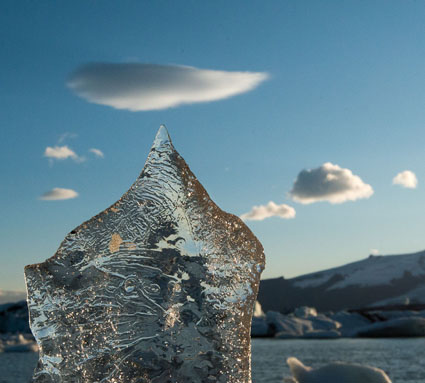
Here are a few more alumni images from Digital Photo Destinations / Focus On Nature’s 2012 Iceland Adventure.
Seth Resnick and I had a great time with a great group of people in Iceland last week. We visited old favorites (Seljalandsfoss, Skogafoss, Jokulsarlon, Rekjanes) and some new favorites (Snaefellsnes, Landmanalaugar). 4-Wheel drives to the highlands, Zodiac cruises, and glacier walks took it up a notch. Every one of us learned a lot and improved our photography.
We’re now planning a northern lights, super-jeep, and ice cave adventure.
Be the first to hear about our March 2013 Iceland workshop.
Email jpc@digitalphotodestinations.com.
Yves Perrault
Charlotte Bailey Rush
Duane Miller
David Cho Yee Young
Graham Smith
Richard Moreau
Olaf Willoughby
Carla DeDominicis
Michael McGinnis
Green Action – Compost

Be more green!
You can make a difference today!
Make many small changes to make one big change!
And you’ll save a lot!
Take action now!
Here’s one idea.
Compost!
Welcome to Fall! A time of harvest and preparation for the winter season ahead. A time also for cleaning up and raking the colorful leaves that sometimes overwhelm our lawns.
Yes, Its the time of year where we get inundated with organic waste, leaves and, garden clippings not to mention pumpkins, hay bales, and cornstalks!
With all this organic waste overwhelming us, let’s think about the time and energy we waste bagging and carting it off to the dump when we could put it where is belongs… back into the soil.
Did you know that over 27 percent of the US municipal solid waste stream is made of of yard timings and food residuals? That’s over one quarter of the total waste we send off to land fills across America. The Environmental Defense Fund says that around 18 percent of the waste an average family in the U.S. produces comes from the yard and garden. When you recycle your yard and garden waste, you reduce the amount of energy used to send this waste to the dump. Add your organic kitchen scraps to your yard waste and you’re significantly decreasing your waste.
According to the EPA…In 2010, more than 34 million tons of food waste was generated, more than any other material category but paper. Food waste accounted for almost 14 percent of the total municipal solid waste stream, less than three percent of which was recovered and recycled in 2010. The rest -33 million tons- was thrown away, making food waste the single largest component of MSW reaching landfills and incinerators.
Composting can not only cut your waste energy costs and help reduce the waste stream in your community it also benefits your yard. Composted soil retains more water and air, improves the soil structure and stimulates root growth in plants. It can also reduce or eliminate the need for chemical fertilizers.
What can you safely compost? Here is a just small list.
Animal manure
Cardboard rolls
Clean paper
Coffee grounds and filters
Cotton rags
Dryer and vacuum cleaner lint
Eggshells
Fireplace ashes
Fruits and vegetables
Grass clippings
Hair and fur
Hay and straw
Houseplants
Leaves
Nut shells
Pizza boxes, ripped into smaller pieces
Paper bags, either ripped or balled up
Plain cooked pasta
Plain cooked rice
Sawdust
Shredded newspaper
Tea bags
Stale bread
Stale saltine crackers
Stale cereal
Used paper napkins
Wood chips
Wool rags
Yard trimmings
Find more resources that will help you take action now here.
Find environmental organizations to support here.
Sebastiao Salgado – The Photographer As Activist
Sebastiao Salgado offers his cogent thoughts on the role of photography in activism.
View more videos on photographers here.
- 1
- 2



